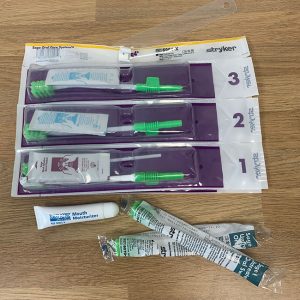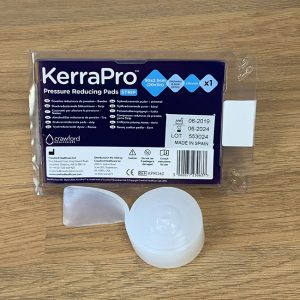Gastric distention
A consequence of tight fitting mask around mouth and nose is that pressurised air delivered by CPAP is sometimes swallowed (aerophagia) resulting in a progressively swollen/distended stomach.
This most often results in patients experiencing more flatulence, but there remains a serious risk of vomiting and aspirating.

